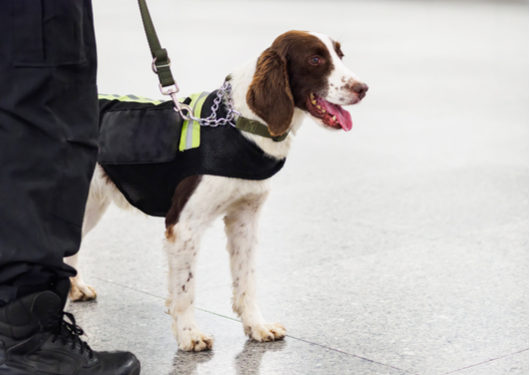
Visit Our Sponsors |
|
|
|
|
|
|
|
|
|
|
|
|
|
|
|
|
|
|
|
|
|
|
|
|
|
|
|
|
|
|
|
|
|
|
|
|
|
|

But man’s best friend, the canine, is still unbeatable when it comes to cost and efficiency in cargo-screening security, says Jennifer Haigh, manager of cargo screening and business development for K2 Solutions, Inc.
In March, the U.S. House of Representatives signed off on legislation that will permit the Transportation Security Administration (TSA) to hire “third-party [security] canines to be used as a screening option within the cargo environment,” said Haigh, during a session this week at the CNS Partnership Conference. “The industry has been heavily involved, from handlers to certifying companies, the airlines and everybody else — it’s giving everybody the capability to give their input into what’s going in this program.”
The approval of this this measure, which comes after years of issues surrounding feasibility and funding for the TSA to regulate third-party procedures, sprang from a shortage of canine teams for use of cargo security, due to their preoccupation with providing safety screening for passenger flights. The legislation is expected to increase carriers’ abilities to utilize the service as a security option, while demand for airfreight soars.
As of now, Haigh said the TSA is finalizing the development of its evaluation standards for third-party canine security companies, like K2 Solutions, and is farming out the task of evaluating canine security companies, as well. “It’s going to allow everybody across the board to get things moving a little bit quicker,” Haigh said.
Haigh advocates the use of canine security in the cargo environment because it improves operational efficiency and trumps more expensive methods of screening cargo in terms of cost and accuracy, as a dog’s nose can detect dangerous substance in the single-digit parts-per-billion range.
RELATED CONTENT
RELATED VIDEOS
Timely, incisive articles delivered directly to your inbox.

